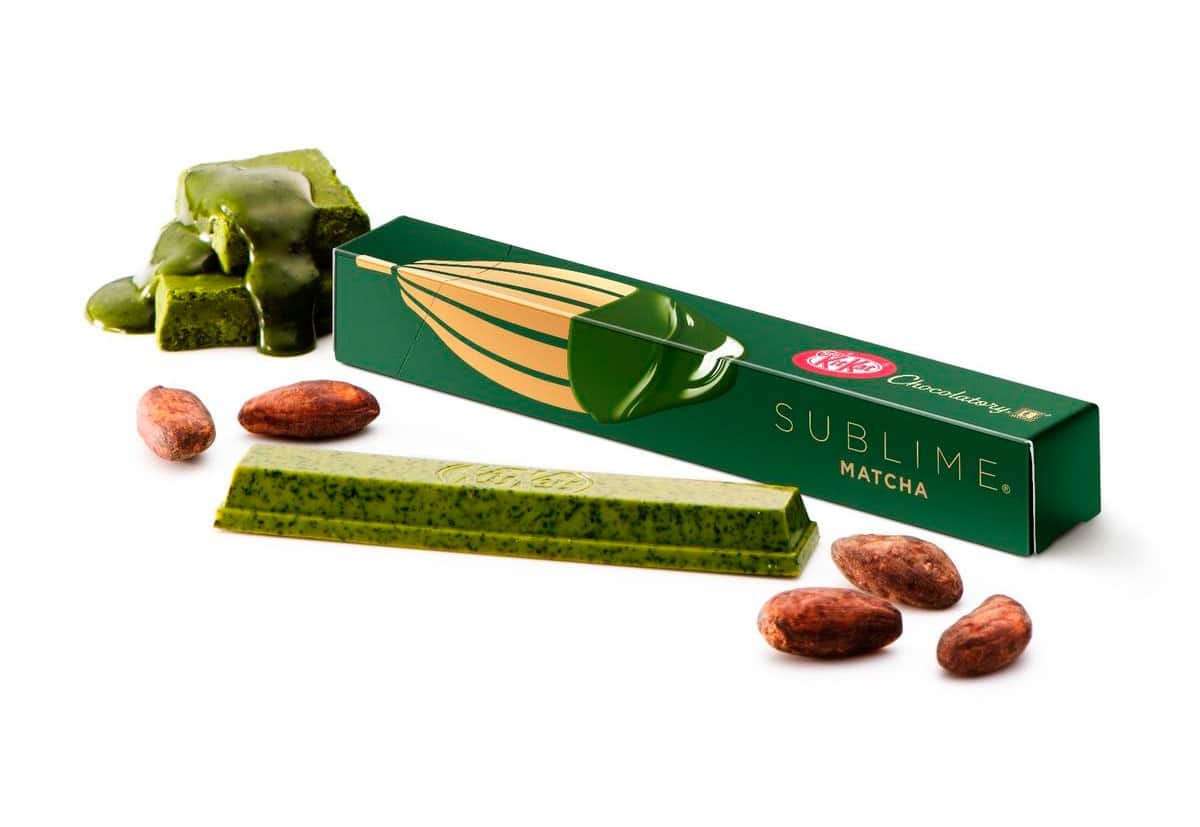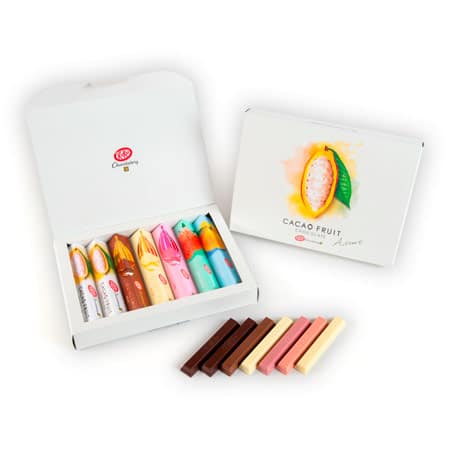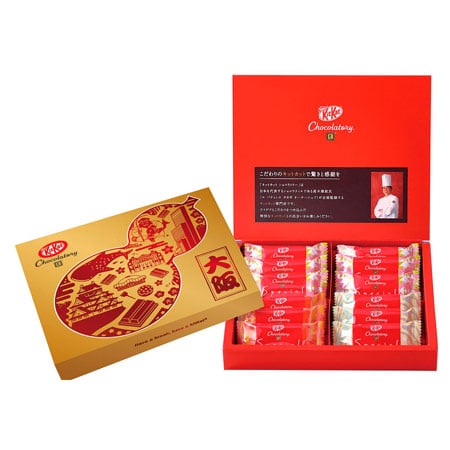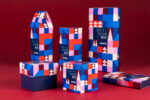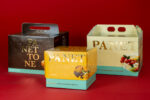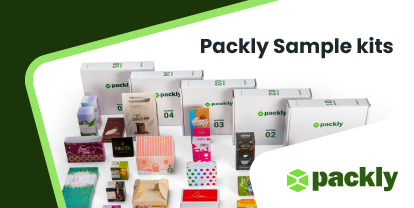KitKat and strategic marketing: a localized approach having determined the booming of a brand in a country other than the original one. KitKat was in fact born in England, but it has been popular in the Japanese market for decades, to the extent that it is considered native there. Let’s see why.
KitKat and strategic marketing: an urban legend that has changed the competitive scenario of a brand.
KitKat is a tasty snack, made famous in Italy in the 80s by a particularly successful TV spot, associated with a delicious recipe and a well-chosen name. Have you ever wondered where the famous bars are produced? We were honestly convinced that the answer was Japan. Who doesn’t have a friend or acquaintance who, upon returning from the land of the Rising Sun, hasn’t brought with them lots of colorful and varied versions of the most famous chocolate coated wafers in the world? Well it’s time for some debunking, as you would say in modern journalism, and bring you back to reality with an incredible story. Sit down, have a break, have a Kit Kat! (with your friends from Packly).
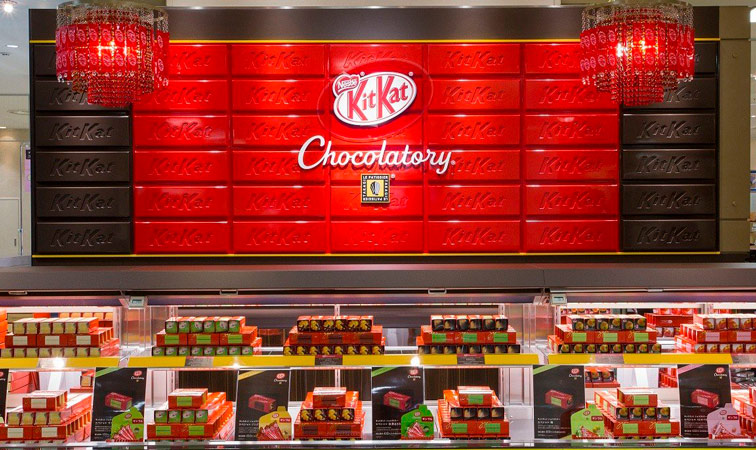
The KitKat is a tablet made up of four joined but easily separable bars, consisting of three layers of wafers and one of vanilla cream, covered with chocolate. The snack was launched on the market in 1860 by an English firm called Rowntree’s. Initially the product bore the same name as the company, but later on (and luckily we would add) it was renamed after some English sweets served at the Kit-Cat Club in London.
It seems that the KitKat was originally a product intended for the worker segment. The small pocket size, as well as the fact that the wafers break easily and with surgical precision, so that they can be consumed in more than one go, made this delicacy the ideal snack to take to the factory or the office for a regenerating break.
Rowntree’s (a name that in many countries would have been hardly memorable and difficult to pronounce) was then acquired by Nestlè in the late 1980s. While at the launch in Japan the focus had been placed on the fact that the product was foreign and therefore “cool”, the Nestlè managers realized that the Japanese tended to be more loyal to the local brands.
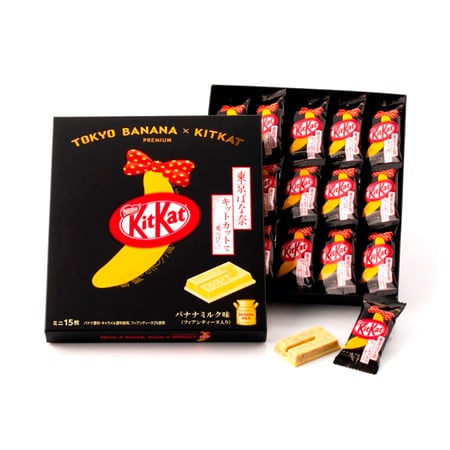
A fortunate linguistic coincidence came to their aid. The word KitKat, in fact, resembles the Japanese expression “kitto katsu” which literally means “you can do it”, an expression widely used among Japanese students taking the university admission exam. The latter then began to exchange the bars as a good luck ritual for passing the test, somehow confirming the thought that it was a truly Japanese tradition. Furthermore, Nestlè had the forward-looking idea of launching a strawberry-flavored variant of the product in Japan, precisely at the time when these delicate fruits were collected in a specific region of the country. This synergy, together with the packaging in the pink version, pushed sales far beyond expectations.
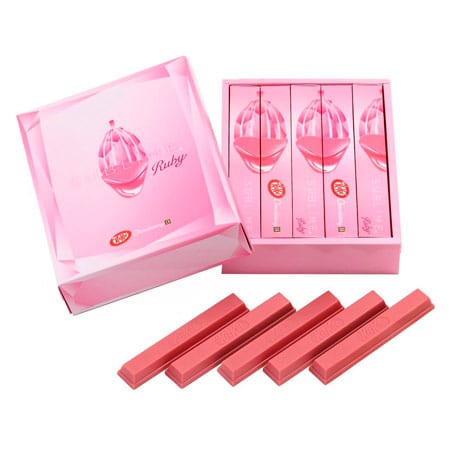
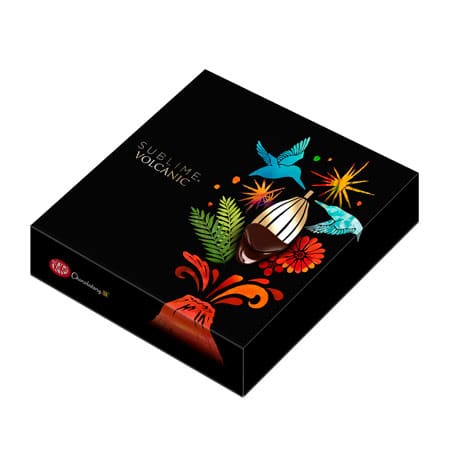
The rest is history. The product variations, modulated on the individual regional specialties, have multiplied until reaching 400 samples between original versions and reworked flavors. One of the most recent adaptations, that of matcha tea, has also been launched on the Italian market, however, we do not yet have data on its sale results. It is also interesting to note how KitKat’s brand awareness could potentially be out-shadowed by Kitekat, a cat food brand with a very similar name and produced by a competitor, Mars Incorporated. This was not the case, thanks to the fact that Nestlè’s marketing has been able to renew itself, ignite word of mouth and launch trendy marketing campaigns.

Multi-flavored KitKat box 
KitKat Chocolatory luxury packaging
An example? In 2010, KitKat packs in Japan were distributed and made available in 20,000 post offices. A textbox was added to the packaging where to write the sender and recipient, as well as a personalized greeting for Valentine’s Day, for a school test etc., giving consumers the opportunity to buy and ship the snack at the same time. Needless to say, the redemption was skyrocketing, further strengthening the belief that Japan is indeed the home of the KitKat. In September 2013, version 4.4 of Google’s Android operating system was called KitKat, to continue the naming series after the most famous desserts. The copyright fees in this case were forfeited by KitKat. Android branded KitKat bars were marketed in several countries, alongside a competition to win a Nexus 7 or credit to be spent on the Play Store. Co-marketing, therefore, also plays a key role in keeping a brand afloat.
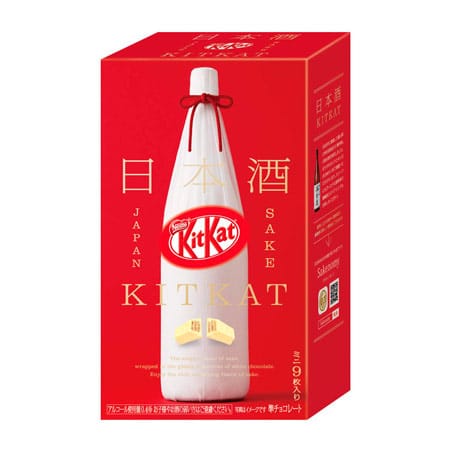
Why did we tell you this story? Just to show you that a little ingenuity and, as always in life, some lucky coincidence can be enough to determine the success of a product. Take action then! If you have already finalized some good naming and an effective logo and you are just missing the packaging piece, Packly is here for you. Build a prototype and customize it with your graphics! We will produce it for you, no minimum quantities required, to be launched on a small, medium or large scale. We look forward to getting your designs!
